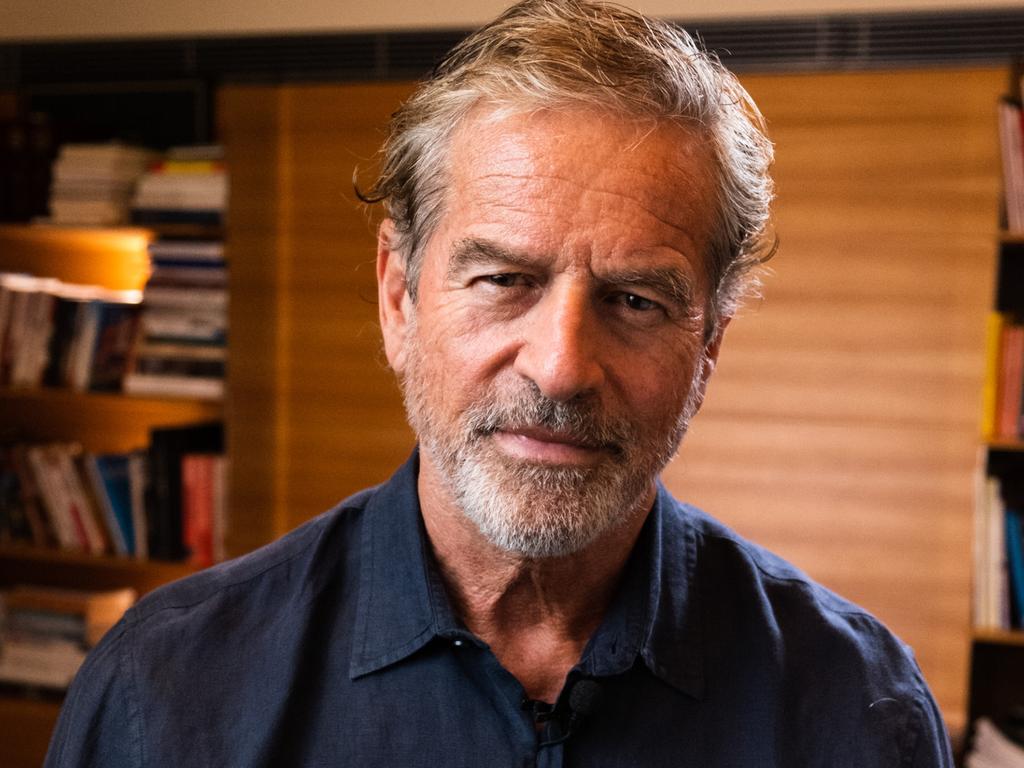In this article:

For almost three decades, I have been in the business of providing home loans to Australians, and I can safely say I’ve never seen anything like this.
The number of loans provided for the purchase or construction of new homes has fallen to its lowest levels since the Global Financial crisis (GFC), according to the latest data.
The number of first home buyers remains at its lowest in over a decade.
New house approvals have fallen over 15 percent compared to last year. New house starts are forecast to hit their lowest level in over a decade next year.
Meanwhile, hundreds of thousands of Australians are struggling to keep up with rising rents.
For many, even finding a rental property is practically impossible because vacancy rates are at near-record lows.
The worst part?
I can only see the situation getting worse.
Over the next five years, the Albanese government is planning on bringing in around 1.5 million migrants. Almost half of these migrants are foreign students who live in our major cities.
Who knows where they’ll live?
For every 1000 new immigrants, up to 550 dwellings must be built to accommodate them, according to the Grattan Institute’s 2018 paper How Migration Affects Housing Affordability.
So simple maths shows that we need to build over 800,000 new homes by 2028 to keep up with our current immigration intake.
Labor’s Greens-backed housing policy, otherwise known as the Housing Australia Future Fund, won’t come close to filling the gap.
The plan is for the Fund to borrow $10 billion dollars, and invest it in a fund to generate returns of $500 million a year that will fund the construction of 30,000 new social and affordable rental homes over five years.
That’s $2.5 billion for 30,000 homes, which equates to about $85,000 per home. But last time I checked, it costs over of $470,000 to build a new house in Australia.
So, is the plan to put people in caravans or dongas?
Then there are the interest payments on the borrowed $10 billion.
With a 10-year government bond rate at almost five percent and rising, $10 billion of borrowing will cost the government $500 million per annum in interest-servicing costs before they even build a single house.
That’s as much in interest costs as they plan to spend on housing every year!
Mad stuff.
So, what is the solution?
Although, there’s no silver bullet, there are places to start.
First, Australia cannot handle its current migration intake. It must be reduced substantially. Perhaps our cashed-up universities should even be forced to pay an infrastructure levy to account for the impact their international student intake is having on our major cities.
Second, federal, state and local governments must slash taxes, charges and red tape. According to some estimates, the cost of GST and state government fees and charges like stamp duty, accounts for up to 45 per cent of the cost of a new home.
Third, Australians should be allowed to access part of their superannuation to buy or build a family home. It’s their money, and let’s be honest the stock market isn’t looking great at the moment.
Fourth, we need a crackdown on foreign property investment. It’s not fair that over a million dwellings are vacant in this country according to the latest census numbers.
Finally, we can’t expect our struggling construction industry to build so many homes when they’re forced to import so many of their key construction materials as Australian manufacturing continues to dwindle because of sky-high power prices.
It’s a big ask. But it’s a big issue.
I can only hope our leaders have the vision and resolve we need to get the job done.
